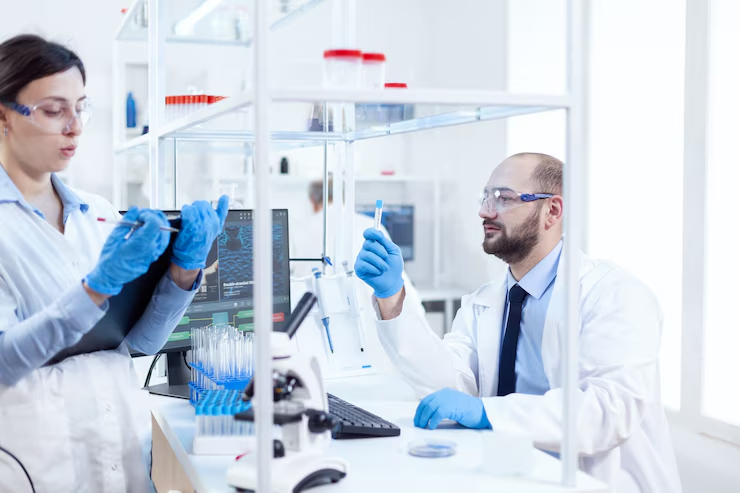New Compounds
How New Compounds Are Tested
Before any new drug reaches the pharmacy shelf, it begins as a chemical compound in a lab. These compounds, often numbering in the thousands, are the building blocks of potential treatments. Testing new compounds is a structured, multi-step process that ensures only the most effective and safe substances make it to human use.


Step 1: Compound Discovery and Screening
The process begins with the identification of compounds that might affect a specific biological target. This target could be a protein, enzyme, or receptor involved in a disease process. Using high-throughput screening and computer modeling, researchers test thousands of molecules to find candidates that show promising activity.
Step 2: Preclinical Testing
Once promising compounds are identified, they undergo preclinical testing. This stage includes:
- In vitro testing – conducted in petri dishes or test tubes using cells or enzymes.
- In vivo testing – performed on animal models to observe how the compound behaves in a living system.
Researchers assess toxicity, pharmacokinetics (how the drug moves through the body), and pharmacodynamics (how it affects the body). Only compounds with acceptable safety profiles move on to human testing.


Step 3: IND Submission
After successful preclinical testing, researchers submit an Investigational New Drug (IND) application to regulatory agencies. This application must include all preclinical data and a detailed plan for clinical trials. Only after approval can human trials begin.
Step 4: Clinical Trials
Human testing is divided into several phases:
- Phase I: Focuses on safety and dosage in a small group of healthy volunteers.
- Phase II: Tests efficacy and side effects in a larger group of patients.
- Phase III: Compares the new drug to existing treatments or placebos in a large, diverse population.
Each phase builds on the previous one, with increasing data on effectiveness, safety, and optimal usage.


Step 5: Data Analysis and Regulatory Review
Data from clinical trials is analyzed and submitted as part of a New Drug Application (NDA). Regulatory bodies like the FDA review the data and determine whether the compound is safe and effective enough for market approval.

